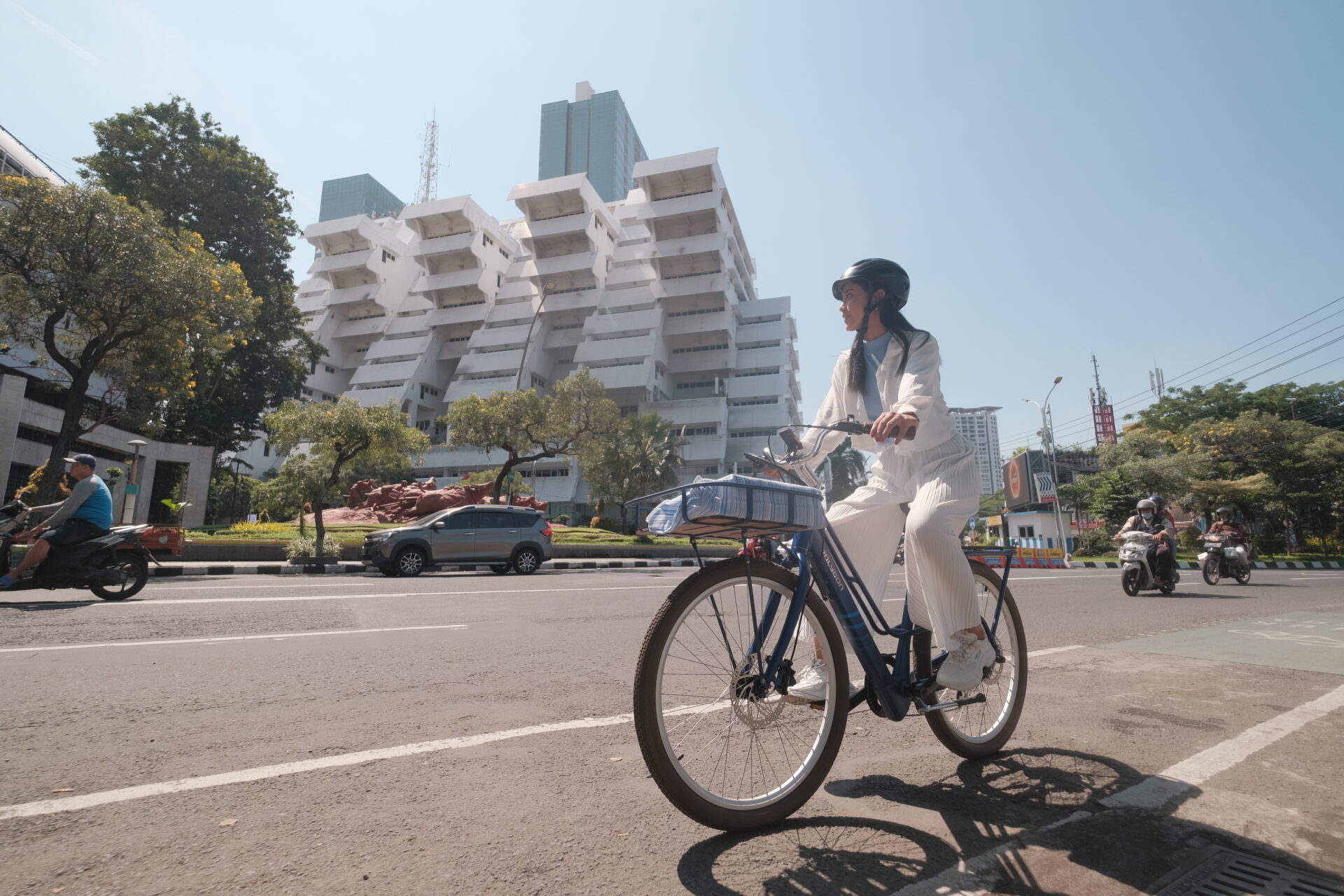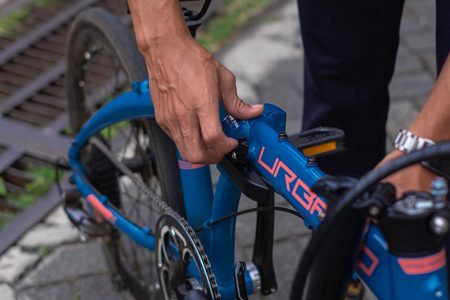As summer temperatures climb, cycling enthusiasts face the challenge of staying safe and comfortable under the sun’s intense rays. Whether you’re pedaling through bustling city streets on a city bike or exploring scenic trails on your Polygon, hot weather can turn an exhilarating ride into a risky endeavor.
Heat-related issues like dehydration and heatstroke are real concerns, but with the right preparation, you can keep cycling fun and safe. This guide offers practical, universal tips to help cyclists worldwide beat the heat while enjoying their bike adventures.
Why Hot-Weather Cycling is Different
Riding a bicycle during a heatwave is not the same as a cool morning spin. Extreme temperatures intensify the risks of dehydration, heat exhaustion, and sunburn. Sweat evaporates more slowly in humid conditions, making it harder for your body to regulate temperature. That’s why cyclists must rethink their usual routine, gear, and hydration strategy when the heat sets in.
Instead of avoiding the outdoors completely, you can make smart adjustments to keep pedaling safely and confidently. Here’s how.
1. Hydration Comes First
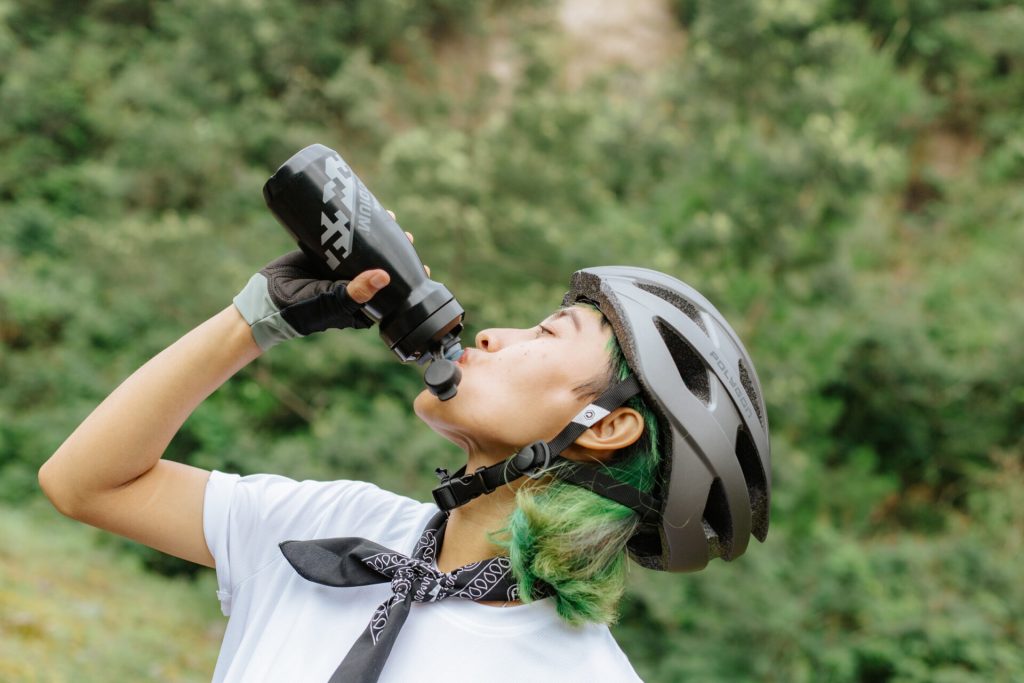
Your body loses water faster when cycling in the heat. The rule of thumb is to start your ride well-hydrated, not just drink once you’re thirsty. Aim for one full bottle of water or electrolyte drink per hour of cycling. On longer rides, consider using a hydration pack for easy sipping without slowing down.
Electrolytes are just as important as water—especially for endurance cyclists—because sodium and potassium loss can trigger cramps or dizziness. A balanced sports drink can make a huge difference in maintaining your performance and comfort.
2. Dress Smart for the Heat
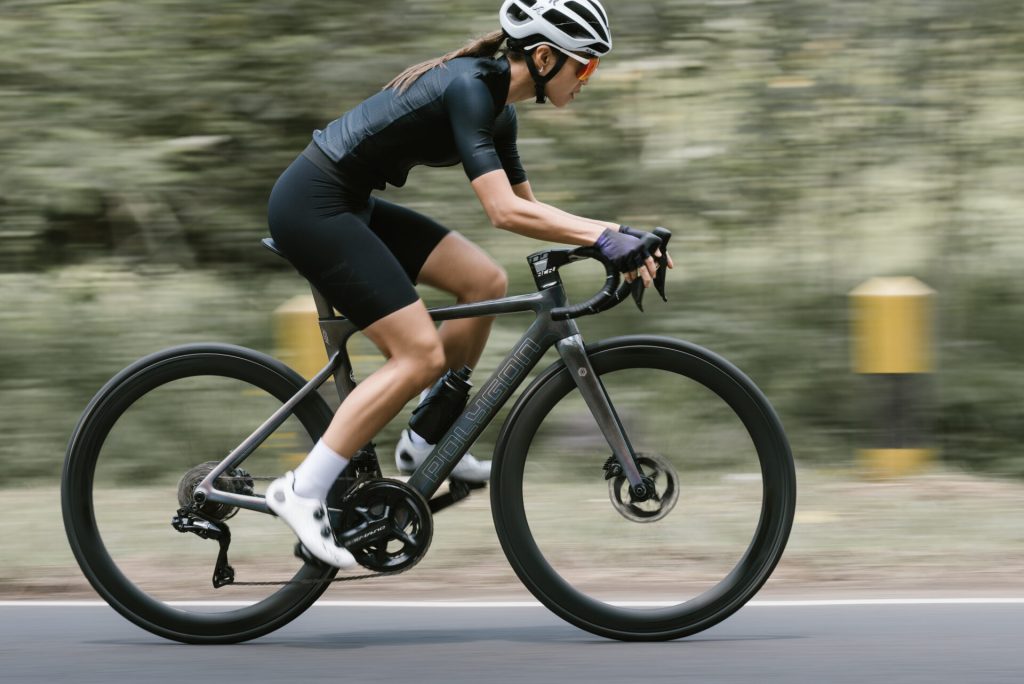
What you wear while cycling can either keep you cool or trap unnecessary heat. Lightweight, breathable, and moisture-wicking jerseys help draw sweat away, while UV-protective fabrics reduce the risk of sun damage.
Don’t forget your helmet: choose one with proper ventilation channels. Pair it with cycling-specific sunglasses that block UVA and UVB rays, keeping your eyes protected and your vision clear. For city bike commuters, well-ventilated shoes and gloves also prevent overheating during stop-and-go rides.
3. Pack the Essentials
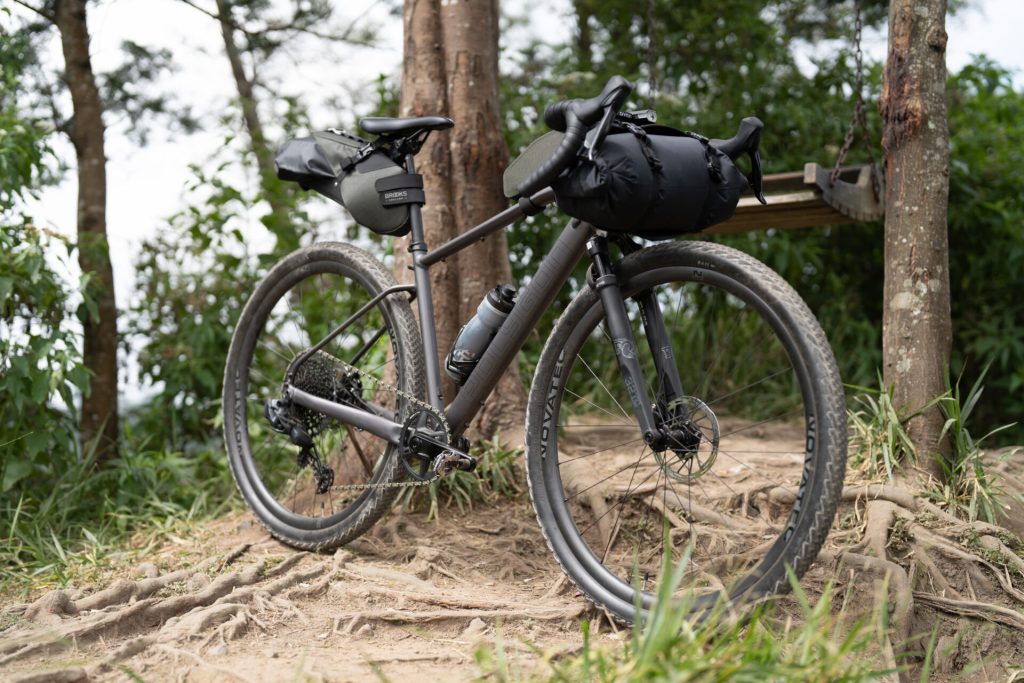
Cycling in extreme heat requires a little extra preparation. Always bring:
- Multiple water bottles or ice packs to stay refreshed.
- Sunscreen (SPF 30 or higher) and reapply every two hours.
- A repair kit with spare tubes, multitool, and mini-pump—because a flat tire in the blazing sun is no fun.
Even if you’re only commuting a short distance, being prepared helps you avoid small issues turning into major problems.
4. Protect Your Skin
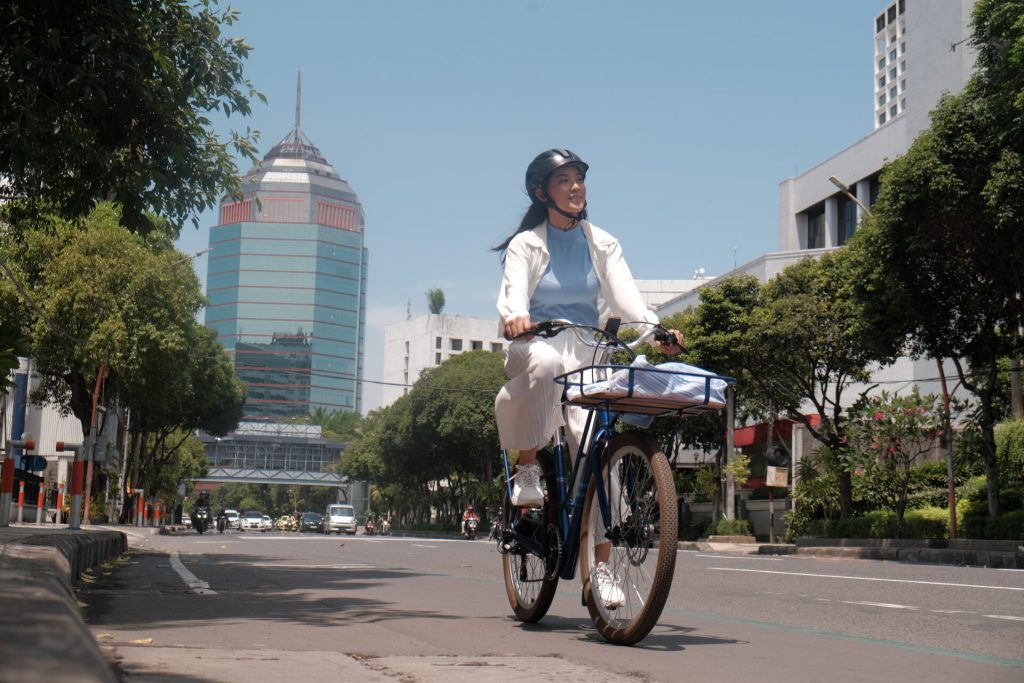
Sun exposure is more than a cosmetic concern. Extended UV exposure increases the risk of skin cancer and can lead to painful burns that ruin your cycling experience. Apply sunscreen before heading out, and don’t skip areas like the back of your neck, ears, and hands.
For longer bike rides, store a small travel-size sunscreen in your jersey pocket so you can reapply without cutting your journey short.
5. Optimize Your Bike
Your bicycle also needs special attention in hot conditions. Heat affects components differently, and preparation helps ensure smoother rides:
- Tire Pressure: Check before every ride; overinflated tires are more prone to blowouts when pavement is scorching hot.
- Lubrication: Heat increases friction, so keep your chain and moving parts well-lubricated.
- Brake Pads: Consider upgrading to heat-resistant pads if you often ride in mountainous or urban areas where braking is frequent.
- Water Storage: Add an extra bottle cage or carry a hydration pack if your rides are long.
Whether it’s a Polygon road bike, a gravel bike setup, or a city commuter bike, optimizing your bicycle reduces risks and improves comfort in extreme weather.
6. Schedule Smarter
Heatwaves peak between 10 AM and 2 PM. Whenever possible, ride early in the morning or late in the evening. Not only are these hours cooler, but traffic is often lighter, making your cycling experience safer and more enjoyable.
If you must ride midday, shorten your distance and avoid direct sunlight whenever possible. Shade breaks are not a weakness—they’re a survival tactic.
7. Train Your Body for the Heat
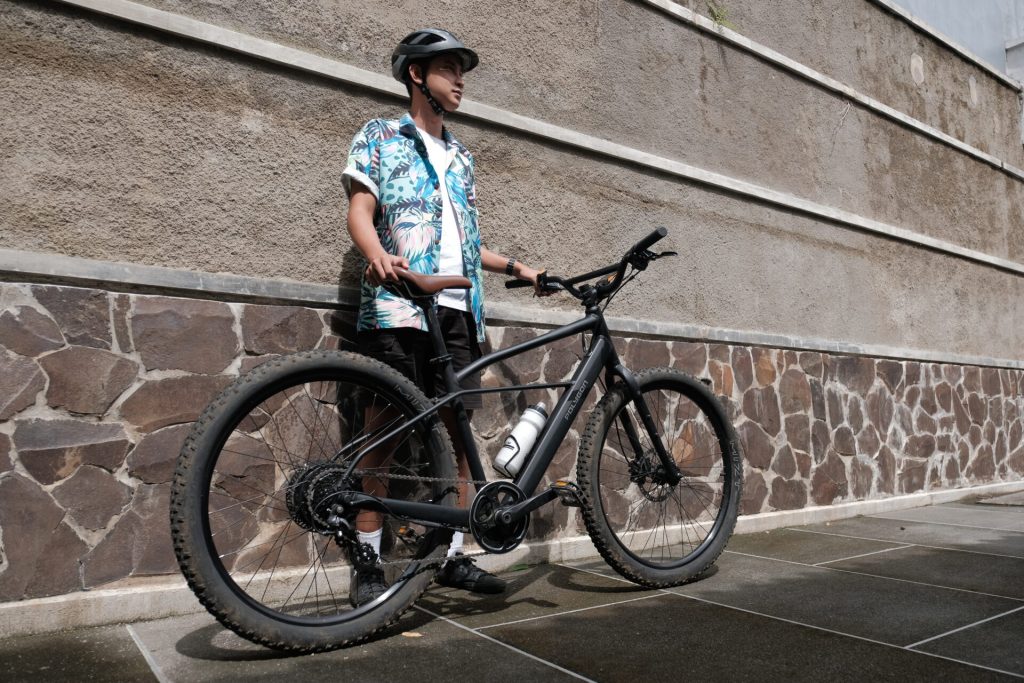
“Heat training” is a method many professional cyclists use to adapt their bodies to higher temperatures. Gradually riding in slightly warmer conditions helps your body learn to regulate temperature more effectively, improve sweat response, and reduce the risks of overheating.
For everyday cyclists, start with short rides during warmer hours and slowly build duration. Always monitor your body’s signals and hydrate carefully. Consulting a coach or cycling expert before starting structured heat training is recommended.
8. Listen to Your Body
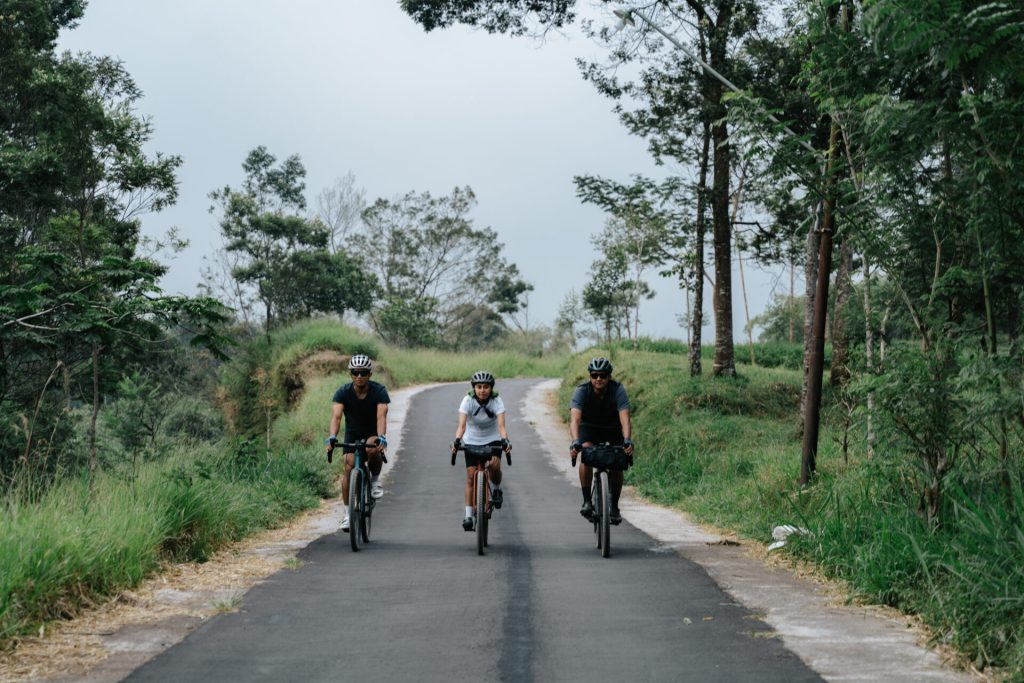
No cycling goal is worth your health. Symptoms like dizziness, nausea, or unusual fatigue are early warning signs of heat exhaustion. Stop immediately, hydrate, and seek shade. If symptoms don’t improve, medical attention may be necessary.
Cyclists often pride themselves on endurance and discipline, but knowing when to pause is equally important. Heatstroke can happen quickly and carries serious consequences if ignored.
Read also:
Final Thoughts: Beat the Heat, Keep the Fun
Cycling during a heatwave doesn’t have to mean giving up the ride. By staying hydrated, wearing the right gear, protecting your skin, optimizing your bike, and pacing yourself wisely, you can continue enjoying the freedom of two wheels—even when temperatures climb.
Every bike, from a road bicycle to a city bike commuter or a hybrid bike, deserves the right preparation in extreme weather. Don’t let the heat steal your adventure—adapt, ride smart, and keep the joy of cycling alive.










